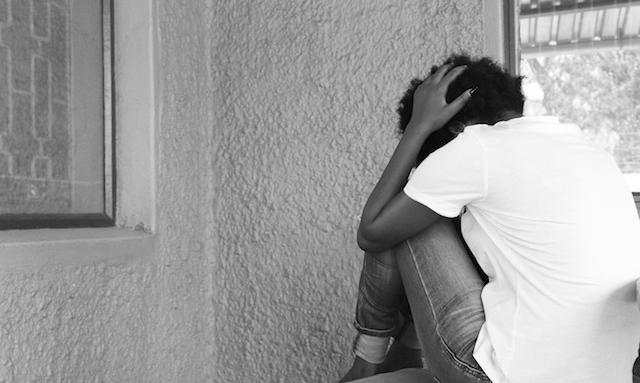52 women, girls fall victim to human trafficking in Namibia

This has been revealed by a global report on human trafficking released late last month.
The United Nations Office on Drugs and Crime (UNODC) 2022 report on human trafficking shows 52 women and girls were trafficked in Namibia between 2017 and 2020, while 43 men and boys were trafficked.
Overall 95 Namibians were trafficked during this period.
During this period, 35 cases of human trafficking have been recorded, of which only five made it to court.
Men topped the list of known human traffickers, with 15 males, while eight women were identified as traffickers.
“Countries in sub-Saharan Africa also convict fewer traffickers than other regions. Further, between 2017 and 2020, the share of investigations resulting in prosecution and convictions was much lower than the global average.
“In this period, 10 persons were investigated, two were prosecuted for trafficking in persons, while four were convicted,” the report states.
Many of those who fall victim to child trafficking in Namibia and the rest of sub-Saharan Africa are usually detected in large numbers globally.
“Of the flows, most trafficked outside the region are detected in countries in North Africa and the Middle East and in Europe,” the report states.
Broadly in line with the global average, apprehended traffickers largely operate within business-type organised criminal groups.
In 2020, the number of human trafficking victims detected globally decreased for the first time, largely due to the Covid-19 pandemic.
This led to the number of detected victims dropping for the first time in 20 years as the pandemic limits opportunities and potentially pushes trafficking further underground, while constraining law-enforcement capacities to target the crime.
Victims often had to rely on ‘self-rescue' as anti-trafficking responses fell short.
Meanwhile, according to the ‘2022 Trafficking in Persons Report: Namibia', released by the United States (US) embassy last year, human trafficking in Namibia is generally confined to specific groups, such as the San and the Zemba, as well as to particular areas, such as Windhoek and Walvis Bay.
“Children are most at risk and are trafficked mainly for forced agricultural labour and sex work.
Several instances of missing children who had travelled into Zambia through unofficial border crossings indicate potential cases of human trafficking,” the report states.
Some victims are initially offered legitimate work by recruiters for adequate wages, but then traffickers subject them to forced labour in urban centres and on commercial farms.
The report highlights that traffickers subject Namibian children to sex trafficking and forced labour in agriculture, cattle herding, and domestic service.
AT HOME EXPLOITATION
According to the US report, human traffickers in Namibia exploit domestic and foreign victims in the country.
With the influx of more than 7 000 Angolan migrants fleeing severe drought and malnutrition in south-eastern Angola, Namibians increasingly employ Angolan children as domestic workers and cattle herders, who may be vulnerable to exploitation.
“The traffickers bring children from Angola and neighbouring countries and subject them to sex trafficking and forced labour, particularly in agriculture, cattle herding, domestic servitude, street vending in Windhoek and other urban centres and in the fishing industry,” the report states.
Namibia's Combating of Trafficking in Persons Act of 2018, which came into effect in November 2019, criminalised sex trafficking and labour trafficking and prescribed penalties of up to 30 years' imprisonment, a fine not exceeding N$1 million, or both.
Questions to Namibian Police spokesperson deputy commissioner Kauna Shikwambi went unanswered at the time of going to print.
 ABOUT PBJ LEARNING
ABOUT PBJ LEARNING
PBJ Learning is a leading provider of online human trafficking training, focusing on awareness and prevention education. Their interactive Human Trafficking Essentials online course is used worldwide to educate professionals and individuals how to recognize human trafficking and how to respond to potential victims. Learn on any web browser (even your mobile phone) at any time.
More stories like this can be found in your PBJ Learning Knowledge Vault.
This “Eyes on Trafficking” story is reprinted from its original online location.
ABOUT PBJ LEARNING
PBJ Learning is a leading provider of online human trafficking training, focusing on awareness and prevention education. Their interactive Human Trafficking Essentials online course is used worldwide to educate professionals and individuals how to recognize human trafficking and how to respond to potential victims. Learn on any web browser (even your mobile phone) at any time.
More stories like this can be found in your PBJ Learning Knowledge Vault.
